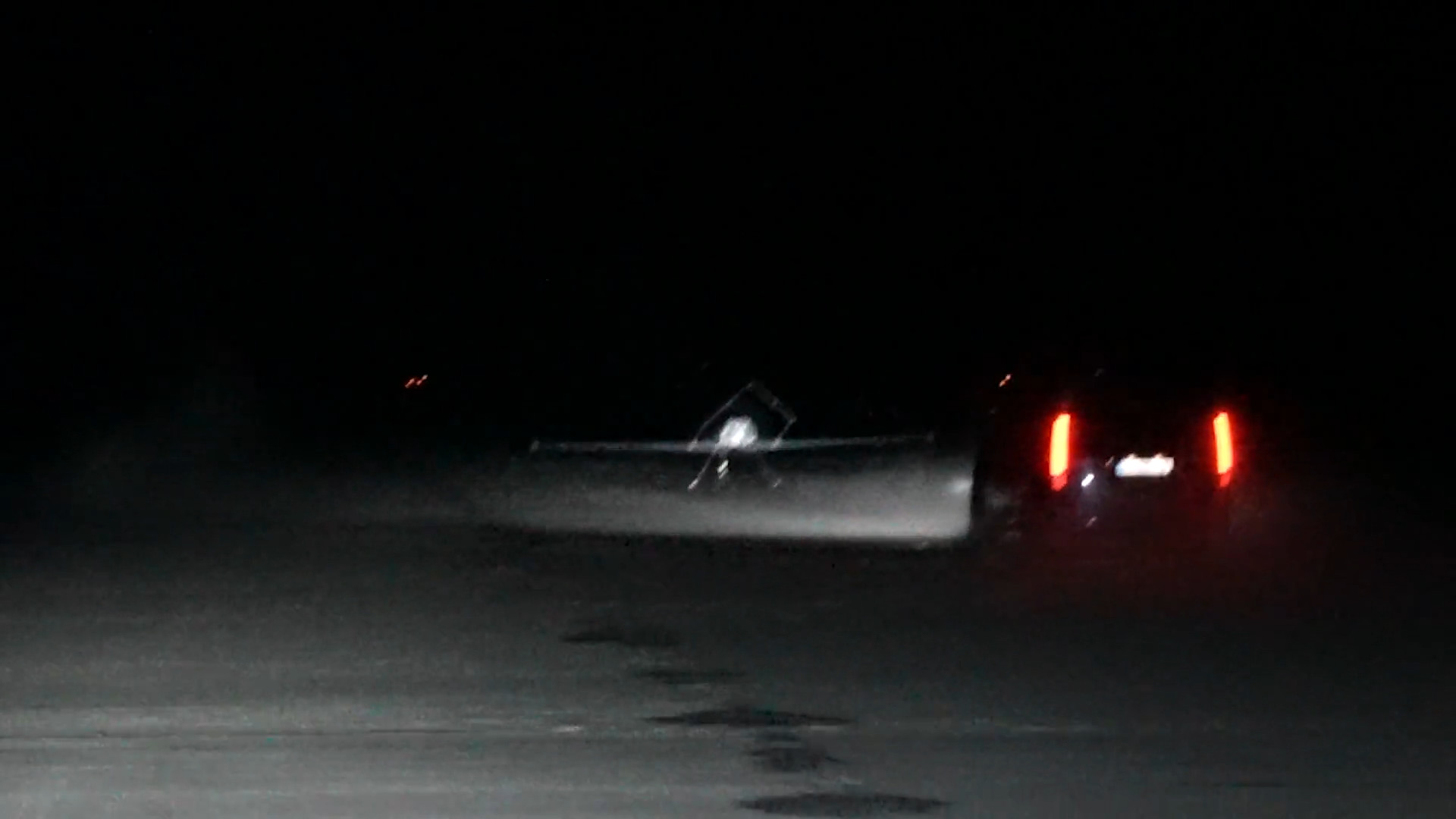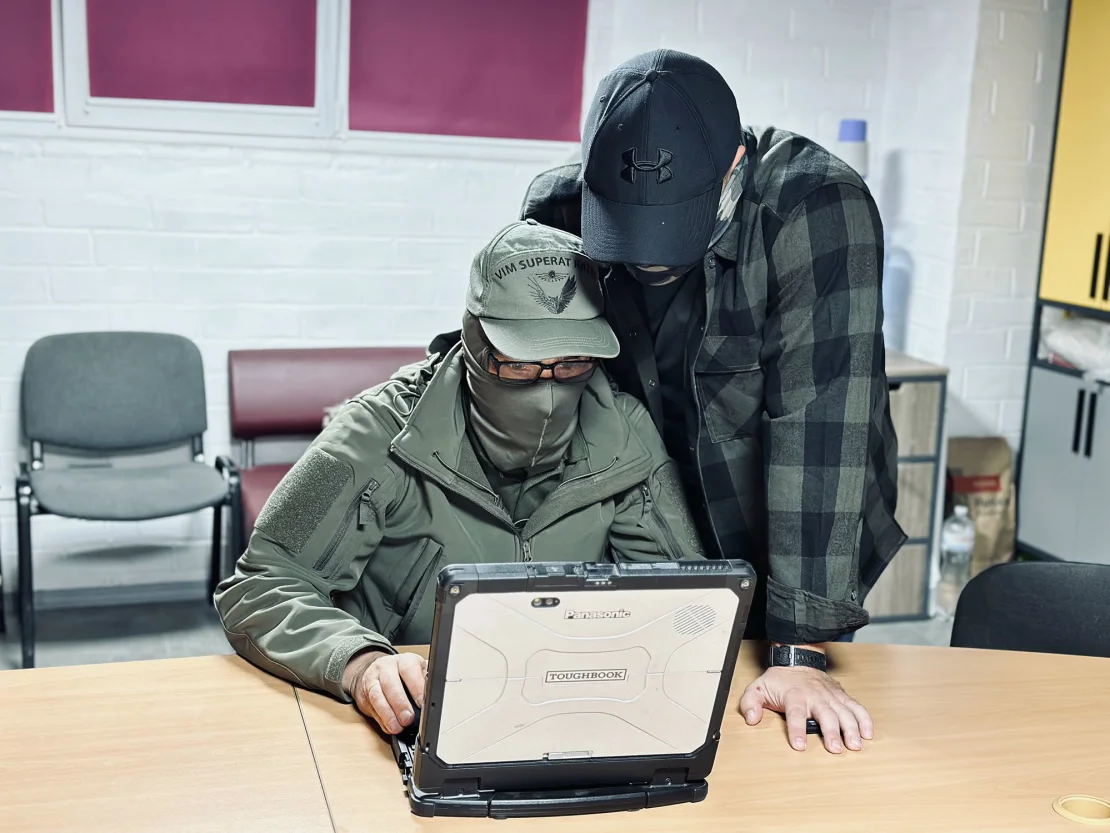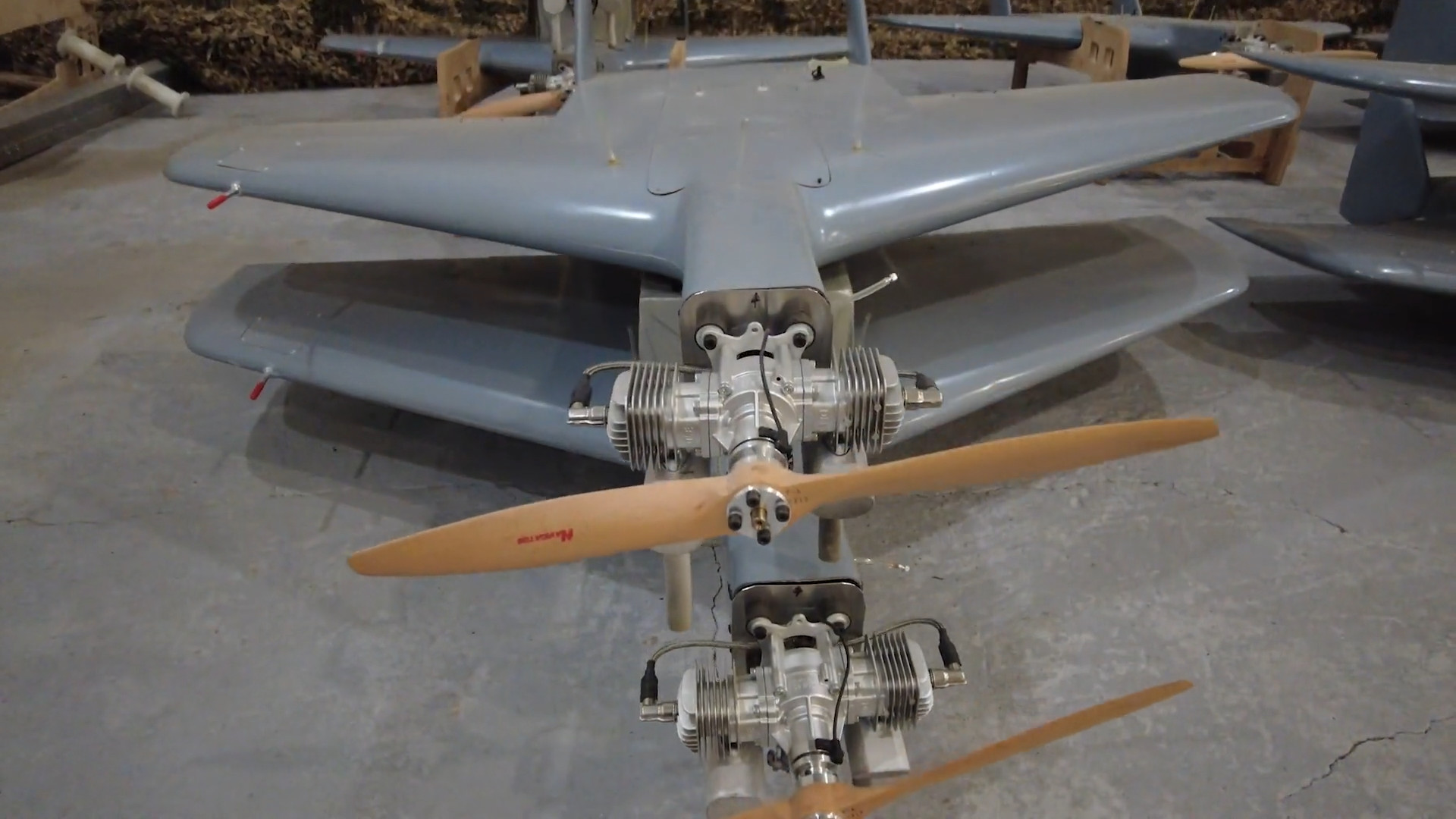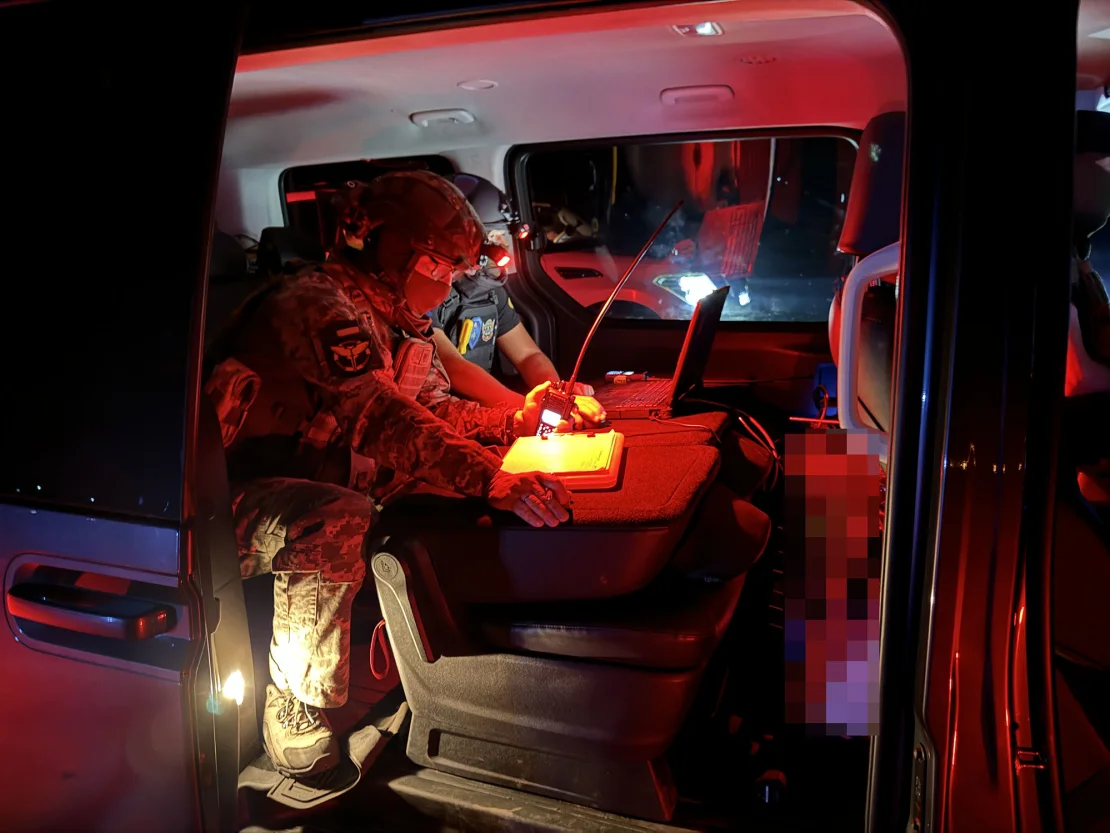CNN Follows Ukrainian Liutyi Drone Operations Against Russian Ammo Hub in Kotluban
16 October, 2024 The Lyutyi drone before the start. Source: CNN CNN journalists showed the process of launching the Ukrainian Lyutyi long-range kamikaze drones of the Defence Intelligence of Ukraine (DIU).
The report was published on the CNN website. CNN journalists spent two days traveling across Ukraine with a drone unit as it prepared to launch over 100 drones against Russia overnight on September 29. According to experts of the Defence Intelligence of Ukraine, the target of the drones was an ammunition facility, specifically train carriages sitting inside the depot loaded with recently delivered Iranian missiles.
 Lyutyi drone at the start.
Lyutyi drone at the start.
Photo credits: CNN
The facility was located on the outskirts of the village of Kotluban in the Volgograd oblast in southwestern Russia.
The process of preparation
Representatives of the Defence Intelligence of Ukraine with the call signs Serge and Vector lead their unit's attempts to harm Putin on the territory of Russia. Regardless of their targets, their missions follow a rigid set of operating procedures that include meetings at various locations across Ukraine. Route planning to Russia is carried out from a secret location, with the Lyutyi drone capable of following routes that include over 1,000 waypoints.
 Preparation for the mission.
Preparation for the mission.
Photo credits: CNN
During the preparation of the route, Russian air defense is assessed in detail, and the intervals for launching drones are being coordinated.
Decoy machines
Along with the Lyutyi drones, other kamikaze drones are also used, including the Ukrainian-made Rubaka drones. Vector explains that these smaller drones are crucial to the success of any mission. The aim is simple: to suppress Russia's air defense and divert Russian fire away from the Liutyi drone.
 Rubak kamikaze drones.
Rubak kamikaze drones.
Photo credits: CNN
"They're very simple, and we can use them with and without payloads," he says of the smaller drones. A professional from the DIU explained that specialists aim to vary the types of drones, launch distances, and locations. The Liutyi drone is transported in trucks, with three in each, to the launch site, where they are then assembled, and the testing process begins.
The warhead is mounted at the last stages of preparation. According to Serge, some 30% of all the drones being launched will be on decoy missions, with the Liutyi drones being the spearhead, destined for the small town-turned-ammunition hub of Kotluban.
Launch
In complete darkness, the drones are maneuvered into position, followed by the car carrying the drone operators. The propeller spurts into life, and the pilots, ensuring a smooth takeoff, begin their high-speed chase down the tarmac.
Once airborne, the fully autonomous drone starts ticking off the myriad waypoints. The success of the mission is monitored in three ways: through human intelligence on the ground, the messages seen on Russian Telegram groups and, later, analysis using satellite technology.
 Preparation for the mission. Photo credits: CNN
Preparation for the mission. Photo credits: CNN
Only once all three have been assessed can a mission be deemed a success or not.
As the 3 a.m. arrival window nears, Serge starts reading out messages he is seeing from Telegram channels across Russia. The widespread nature of this attack starts to become clearer. Various cities in southern Russia - Voronezh, Yeysk, Rostov and Volgograd - all start reporting drones arriving in their airspace.
One video from Voronezh shows one of the decoy drones whizzing overhead.
An audio clip of a woman in clear distress at what is happening above her head leaves Vector laughing.
As a result, the mission to destroy Iranian missiles was successful.